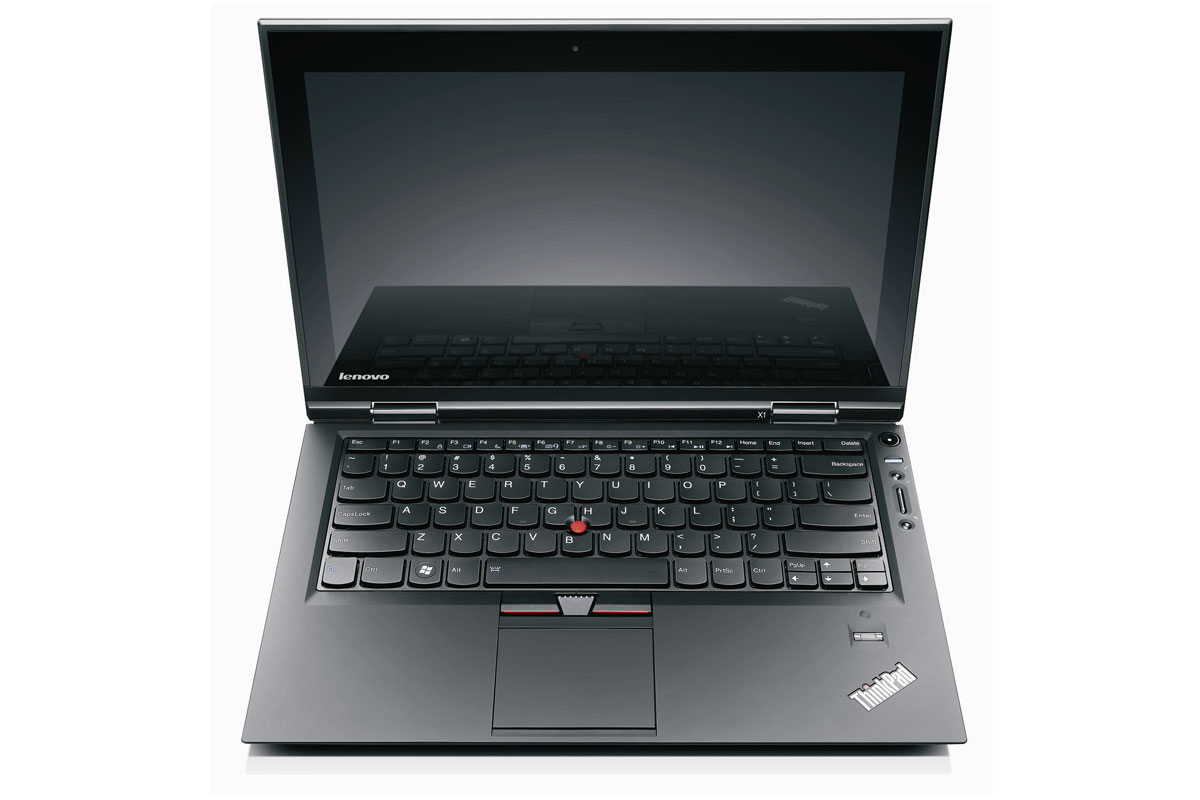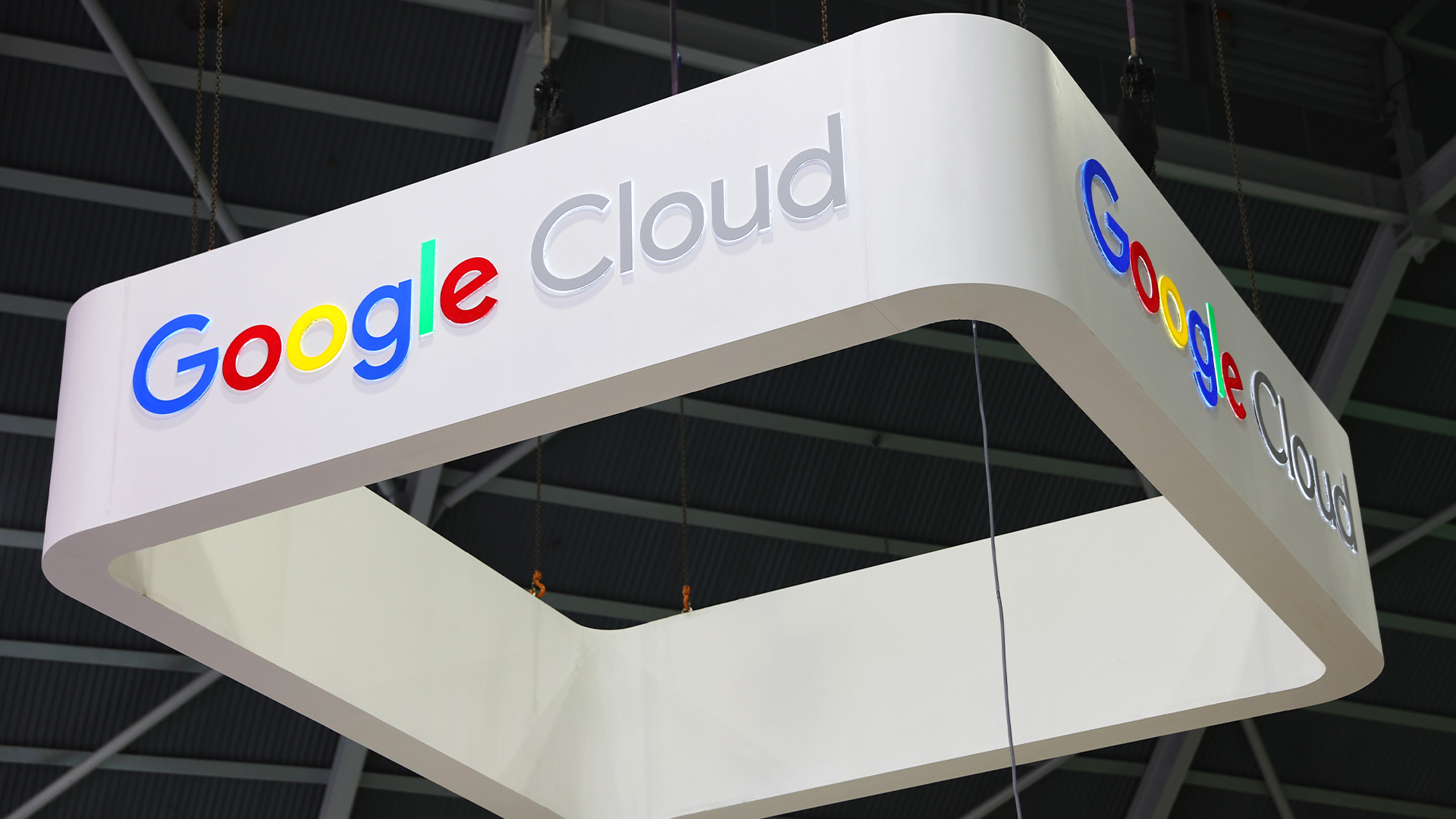Lenovo ThinkPad X1 review
Lenovo’s pencil-thin business ultra-portable finally arrives, squeezing Sandy Bridge performance into a tiny package, but is the X1 really worth buying? Tom Morgan finds out.

There’s no doubt that ThinkPad X1 is impressively thin, light and robust, but also very expensive compared to other ultraportable laptops. Despite all this, its disappointing battery life and temperamental touchpad make it frustrating to use. If you want an ultraportable laptop, the 13.3in MacBook Air or the Sony Vaio SB1V9E are better thanks to their far superior batteries.
This is a major disadvantage although Lenovo's RapidCharge feature promises to charge the battery up to 80% of capacity in around half an hour which was about right in our tests. This will be a huge boon for frequent travellers that have little time to wait while their devices charge, but we still would have preferred a more capable battery. You can buy the optional slice battery for an additional cost, but this costs an extra 168 ex VAT and adds around 360g to the X1's weight, which makes buying an ultra-portable somewhat redundant.
The 1,366x768 pixel resolution is standard for the 13.3in screen size, but we expected a higher resolution Lenovo did manage to squeeze 1,440x900 pixels into the older ThinkPad X301.
As well as being incredibly small, the ThinkPad X1 is also surprisingly tough. As well as a spill-proof keyboard that should prevent any coffee-related accidents, the 13.3in screen is protected by ultra-tough Gorilla Glass. This is great for preventing scratches, but it does come with one caveat; instead of the usual reflection-defeating matt screen coating, Gorilla Glass is only available with a glossy finish. This could be a problem for anyone that works under harsh office lighting, as light reflections are instantly visible as soon as you lift the laptop lid a bizarre design decision on a business laptop.
There's an excellent amount of tilt to help combat these reflections, but viewing angles aren't the best; despite rumours Lenovo would be using a high-quality IPS panel, the X1 instead uses a lower-quality TN screen that makes colours appear warped at more extreme angles.
On the plus side, image quality was rather good; colours were accurate yet vibrant and text looked crisp. Brightness was slightly above average, but not high enough to make the screen particularly legible in direct sunlight. The 1,366x768 pixel resolution is standard for the 13.3in screen size, but we expected a higher resolution Lenovo did manage to squeeze 1,440x900 pixels into the older ThinkPad X301. Apple has also managed it on the 13in MacBook Air.
Sign up today and you will receive a free copy of our Future Focus 2025 report - the leading guidance on AI, cybersecurity and other IT challenges as per 700+ senior executives
-
 OpenAI's 'Skills in Codex' service aims to supercharge agent efficiency for developers
OpenAI's 'Skills in Codex' service aims to supercharge agent efficiency for developersNews The Skills in Codex service will provide users with a package of handy instructions and scripts to tweak and fine-tune agents for specific tasks.
By Ross Kelly Published
-
 Cloud infrastructure spending hit $102.6 billion in Q3 2025 – and AWS marked its strongest performance in three years
Cloud infrastructure spending hit $102.6 billion in Q3 2025 – and AWS marked its strongest performance in three yearsNews Hyperscalers are increasingly offering platform-level capabilities that support multi-model deployment and the reliable operation of AI agents
By Emma Woollacott Published
-
 Google Cloud teases revamped partner program ahead of 2026
Google Cloud teases revamped partner program ahead of 2026News The cloud giant’s new-look partner ecosystem shifts focus from activity tracking to measurable customer outcomes
By Daniel Todd Published